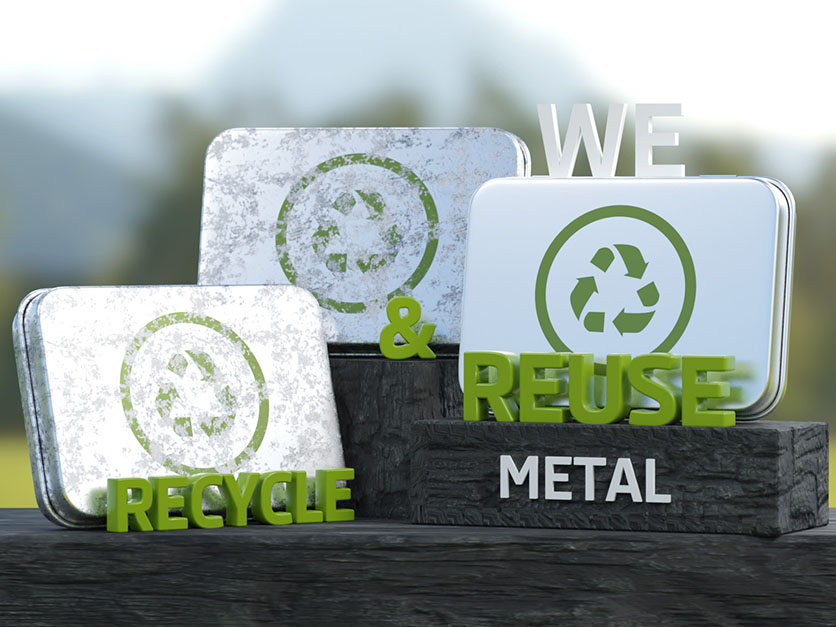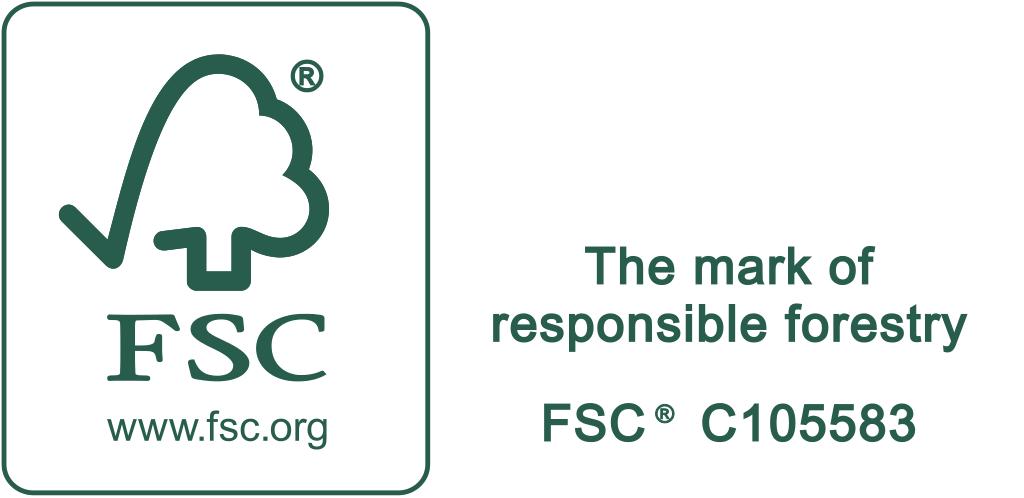Sustainable packaging is a balancing act
Sustainable packaging
The ethical considerations of using plastic for packaging, especially when the world’s oceans are filled with microplastics, are widely debated. Or could the controversial material actually be the most environmentally friendly choice? Do you have to compromise on functionality and design if you want to package your product in an environmentally friendly way? There are no simple answers, and despite efforts to prioritize sustainability, there are no packaging solutions that are 100% sustainable. The majority of our customers are moving towards sustainable packaging, and we advise and guide them on the journey towards a more sustainable solution.

The Danish Technological Institute estimates that 70-80% of a product’s environmental impact comes from its production. The packaging is estimated to contribute 1-5% to the environmental impact, in addition to transport, distribution, etc. Considering that the food industry relies on packaging goods to minimize food waste, it does not seem like a high number. It is inevitable that we must save resources and take the climate into account, and with the right supplier, you don’t actually have to compromise on packaging design even though the plastic in the oceans primarily originates from car tires and shoe soles.
Here are three quick tips on how to make your packaging more sustainable:
1. Recycling and reuse:
Choose more sustainable materials sourced from responsible resources. They can already be recycled, and they should be either reusable or recyclable, meaning they can be incorporated into another product.
2. Design and decoration:
Reduce the CO2 footprint by using as few materials as possible – no unnecessary packaging. Use the material for decoration, for example, with embossing.
3. Waste sorting:
Use as few different materials as possible. If it’s impossible to use just one type, ensure that the packaging is easy to separate for recycling. Avoid gluing the parts together.
If you want to read what the Danish Technological Institute writes about sustainable materials, you can find it here.


